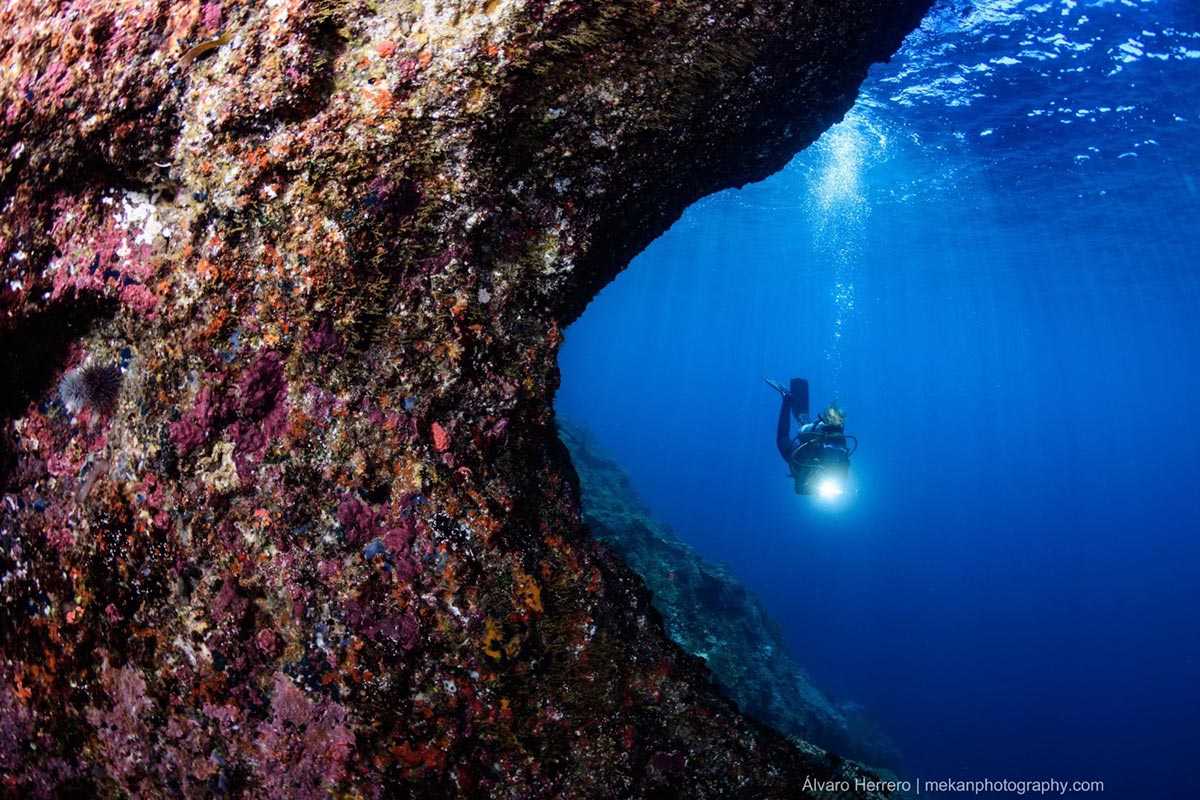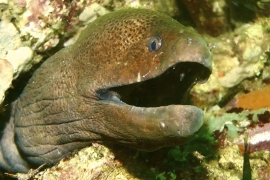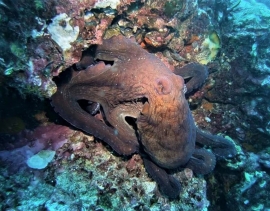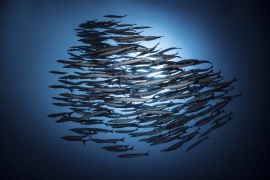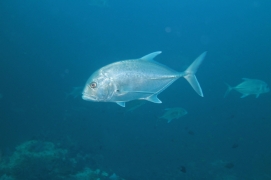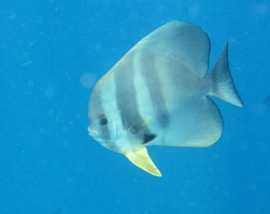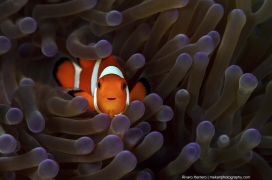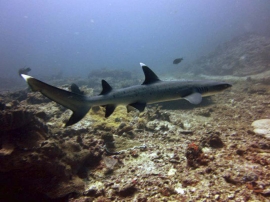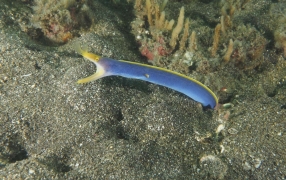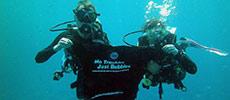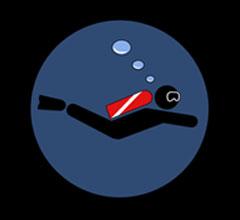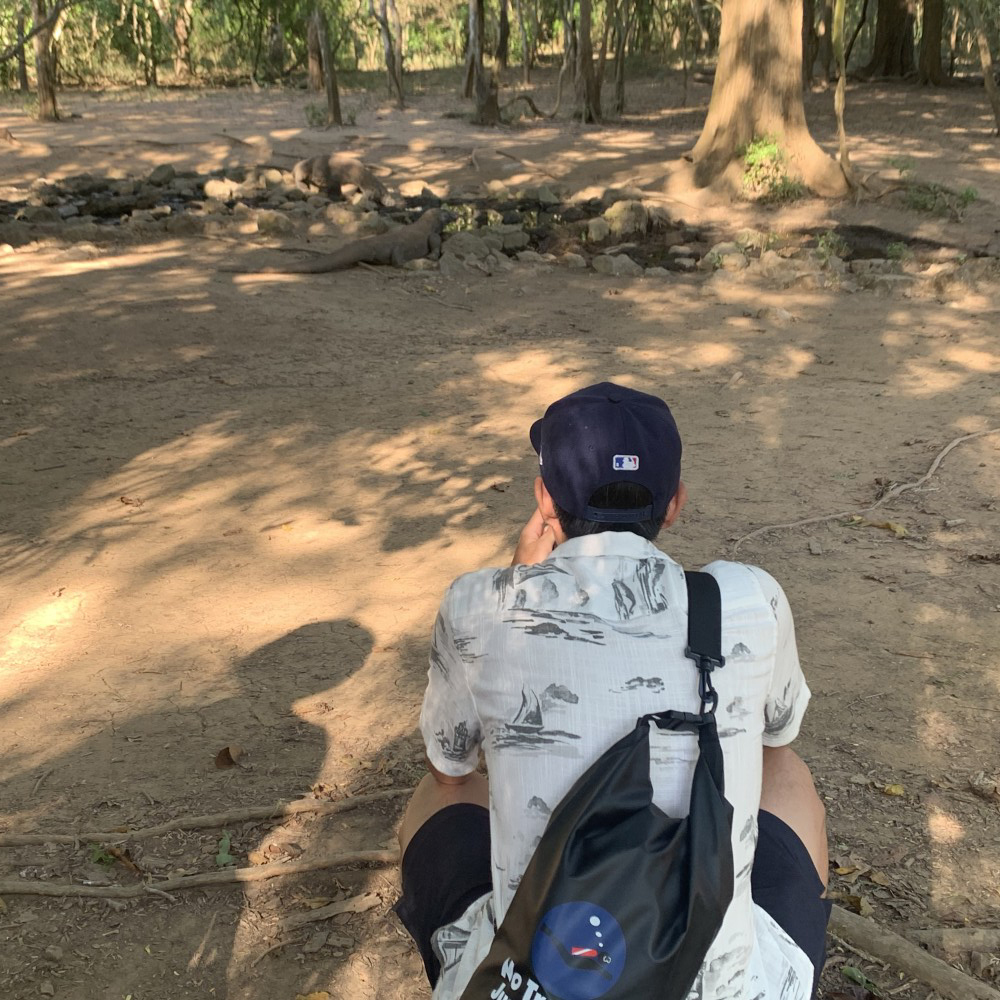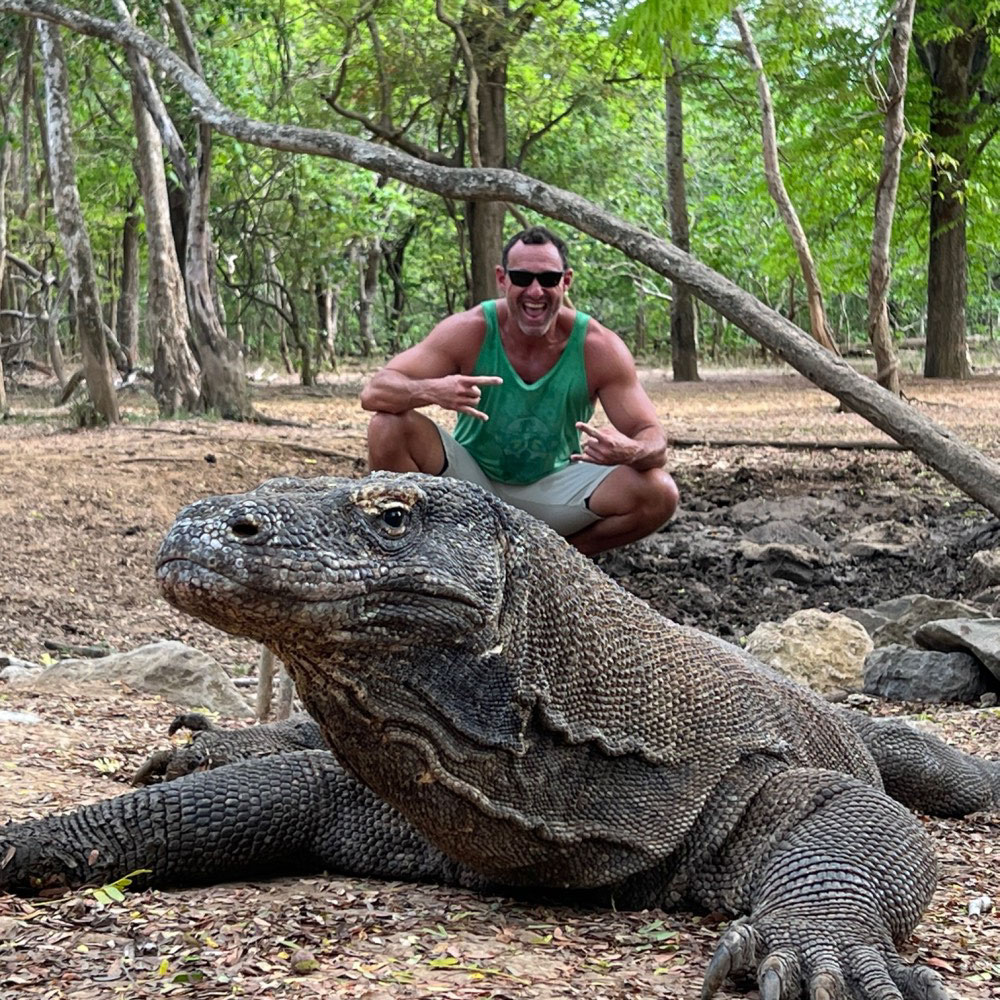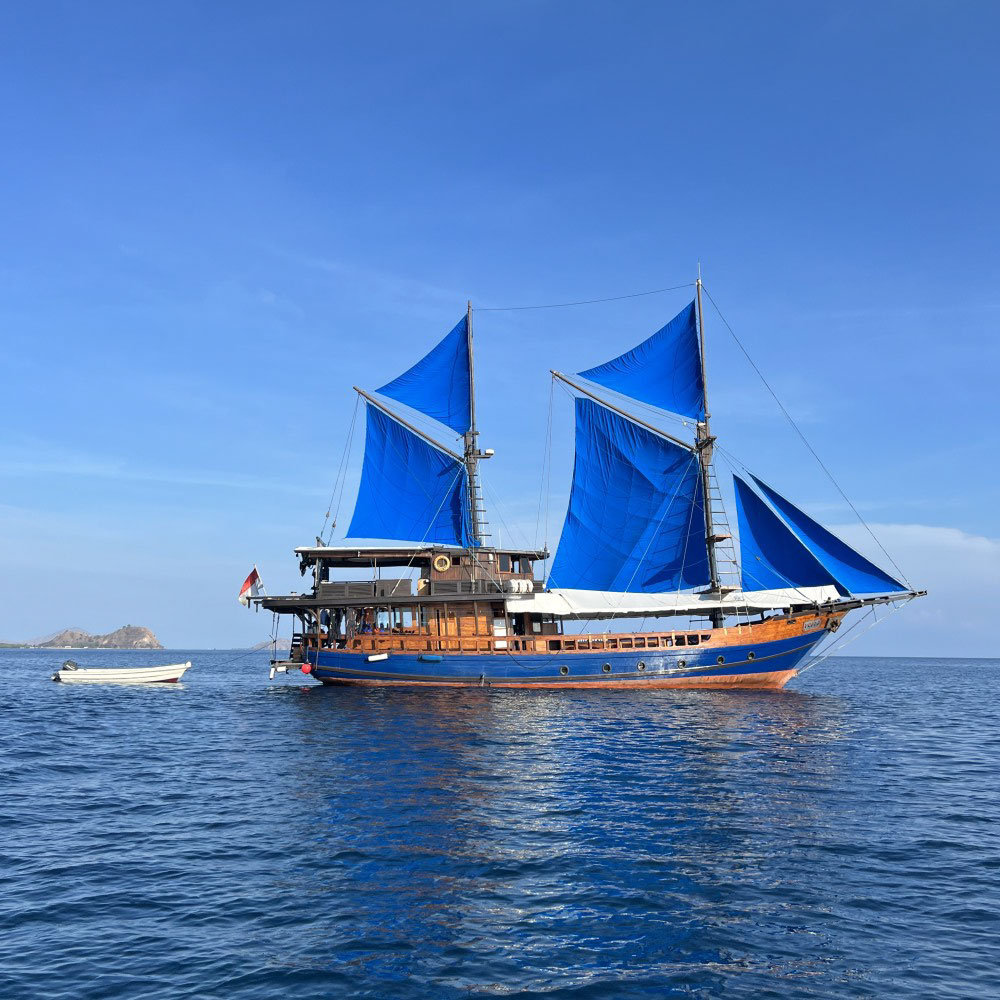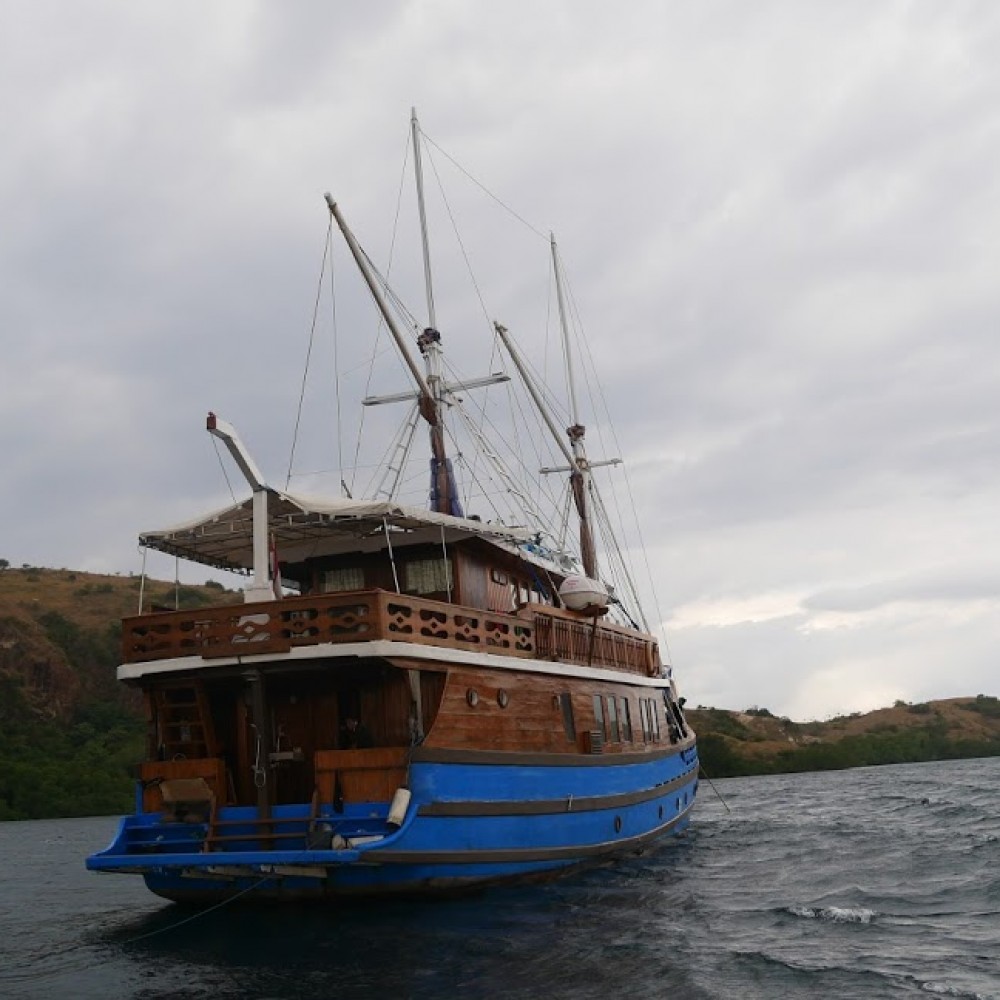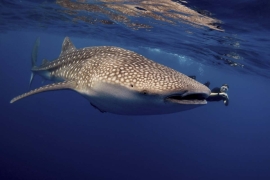
Komodo Liveaboard Diving
Diving in Komodo is something that nearly every diver who visits Asia plans to do one day. The experience here is different from almost everywhere else on earth. The reason for this is Mother Nature's work, with the diverse marine life an topography of the 50 or more dive sites. Plus, let's not forget, the majestic Komodo Dragons, which are often visited during a half-day trek during your Komodo diving liveaboard safari.
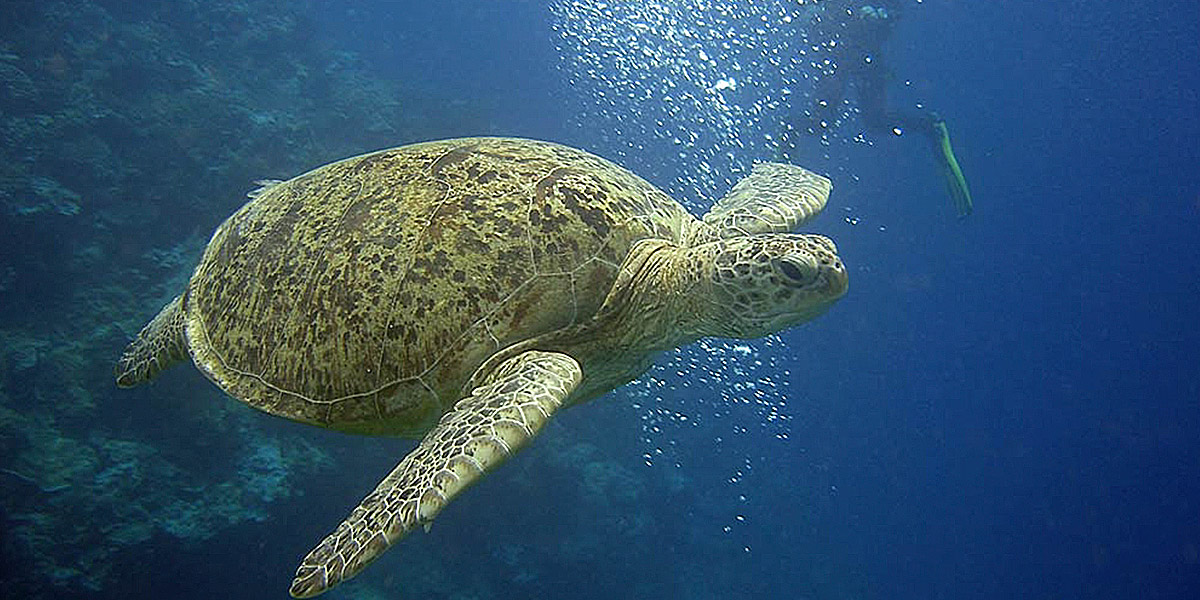
The size and shape of the two islands either side of Komodo (Flores & Sumbawa) and the north-south currents surrounded by deep ocean water mean that every member of marine life at Komodo can flourish. Reefs are fed with nutrient-rich water, and this, in turn, attracts large pelagic species to filter feed, hunt or just be cleaned. Scuba diving at Komodo can be done by day trip, but this limits the number of dives and location of dive sites. It's much better to join a Komodo liveaboard diving trip, which can be anything from four days to a week-long, & sometimes more. On your liveaboard, you can not only visit more and more-remote dive sites than day-trippers, but you can also visit the popular dive sites for the early-morning or sunset dive, thus avoiding the crowds.
So, what's so great about scuba diving at Komodo National Marine Park?
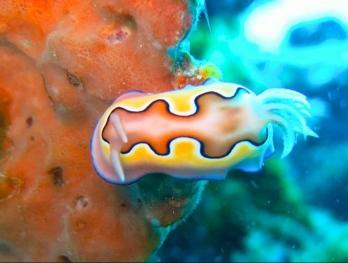 Nudibranch - Credit: Emmy AhlenThe dive sites are simply awesome! The two main reasons for this are the seismic & volcanic activity in the region and the shape of the topography above & below the surface. The Ring of Fire is in this part of the world, and for millions of years, the earth's plates have been moving, causing earthquakes and volcanic eruptions. The result is lots of energy-rich rock and sediment which enables life to flourish. And as already mentioned, the surrounding deep water either side of the channel that Komodo is located in, means that vast amounts of cool water from the deep sea passes through every day. This creates even more opportunities for healthy and diverse marine life.
Nudibranch - Credit: Emmy AhlenThe dive sites are simply awesome! The two main reasons for this are the seismic & volcanic activity in the region and the shape of the topography above & below the surface. The Ring of Fire is in this part of the world, and for millions of years, the earth's plates have been moving, causing earthquakes and volcanic eruptions. The result is lots of energy-rich rock and sediment which enables life to flourish. And as already mentioned, the surrounding deep water either side of the channel that Komodo is located in, means that vast amounts of cool water from the deep sea passes through every day. This creates even more opportunities for healthy and diverse marine life.
The topography is excellent and varies greatly from one dive site to its neighbour. When diving at Komodo you can find sloping coral reefs with gentle currents, steep walls into deep water, submerged pinnacles, Manta Ray cleaning stations, overhangs, swim throughs, muck diving, and even the odd wreck! Hard & soft corals are healthy and abundant, as they are constantly fed by the ocean currents running from the north or south. Of course, corals attract small species, which in turn attract larger species and shoals of fish. It just gets better and better. The coral life at Komodo comes in a wide range of colours. Plus the colour of the sand at Komodo beaches can vary from white, through yellow, pink, grey to black! Even without seeing a fish, this part of the world is eye-wateringly beautiful both above & below the surface of the warm blue Flores Sea!
Of course, every diver comes to The Komodo Islands to see lots of fish, and you won't be disappointed. At certain times in the season, Oceanic Manta Rays are seen on a regular basis and often in large numbers. There are also plenty of requiem sharks here, including Whitetip & Blacktip Reef Sharks, Grey Reef Sharks, Oceanic Whitetip Sharks, and more. You might even see a Whale Shark or Mola Mola / Sunfish if you're very lucky.
The area known as Komodo is actually made up of more than twenty islands. The two largest & main islands are Komodo and Rinca, in between these is a medium-size island called Padar, and to the northwest is Banta Island. Scattered around are many small islands and islets, most just north of Rinca. Most of the smaller islands are uninhabited, usually because there's not enough flat land to live on.
Of the more than 50 dive sites at Komodo, a few stand out as the most popular. Castle Rock, Shotgun/Cauldron, Manta Alley, Tatawa Kecil, Batu Bolong, Crystal Rock, Makassar Reef, Three Sisters, GPS, Gili Lawa Laut, Cannibal Rock & Yellow Wall are dive sites your Komodo liveaboard diving safari should try to visit, if conditions allow.
Dive Sites in Komodo
Castle Rock is regarded by many as the best Komodo dive site, and one of the best in Indonesia, and even the world. Only suitable for experienced divers. Good chance of seeing sharks, rays and special macro species.
Shotgun
Shotgun is a thrilling dive site also north of Komodo Island. This site is known for its currents and Manta Rays. At the beginning of the dive you find yourself in a quiet reef with little or no current, and plenty to see. Then you pass through the Cauldron with a spinning current that then spits you into the Shotgun, and you rush out to another gentle reef area. Some divers use a reef hook in the Shotgun to spend more time looking back at the Cauldron.
Manta Alley
Manta Alley is a relatively shallow dive site in the far south/southwest of Komodo. From September to January it's common for divers to see more than a dozen Oceanic Manta Rays (Manta birostris) at a time. The water is cooler here, and you might need a 5mm full wetsuit.
Tatawa Kecil
Tatawa Kecil is north of Rinca Island and east of the northern part of Komodo Island. Another dive site with strong currents, but a good chance to see reef sharks, and sometimes Manta Rays. Lots of small fish can be seen here, and many are endemic to this area. Depending on the lunar cycle, currents can even be too strong for experienced divers.
Batu Bolong
Batu Bolong is regarded by some as the best dive site in Komodo. It's a tiny rock between Tatawa Kecil and the northeast coast of Komodo Island. The marine life here is intense, with hundreds of species and hundreds of thousands of individuals. Only a very slack tide can you dive both sides of the pinnacle, and when the current is too strong, you might need to come back later in the day. Ideally, the current is medium strength and you dive twice, one side of the pinnacle per dive.
Crystal Rock
Crystal Rock is very near to Castle Rock and can be seen breaking the surface at low tide. Visibility is usually very good, and the currents less strong than at other Komodo diving sites. Crystal Rock is home to lots & lots of colourful reef fish and invertebrates. Marine reptiles and pelagic sharks are also known to visit.
Conditions at Komodo
When to dive at Komodo
You can dive at Komodo all year round, but the high season (best sea & weather conditions) is April - November in the northern areas, and the opposite months in the south, which has cooler water.
What type of dive site is Komodo
The Komodo National Marine Park is a large area, and has all kinds of scuba diving. Most of the dives are on coral reefs, and often with some current.
Where is Komodo?
Komodo is both an island and national marine park that consists of more than twenty islands. The two largest islands are Komodo & Rinca. The park is 450 km. east of Bali, between the islands of Flores and Sumbawa, which are quite long islands. That means the north-south currents flow through Komodo park, feeding the reefs with nutrient-rich cooler water.
How to get to Komodo
You can travel to Komodo from many locations, including a day trip from Labuan Bajo. But by far the best way is on a Komodo diving liveaboard safari. Many of these also leave from Labuan Bajo, but some leave from Bali, Gili Lombok, Maumere and Alor. The nearest airport to Komodo is in Labuan Bajo, a town on the west coast of Flores.
Who can dive at Komodo
Komodo is known for currents, and exciting dives. Although there are some places which are suitable for new or novice divers, unless you're with a private guide and not on a boat with many others, you need to be able to dive in potentially-extreme conditions. The dive guides always try to plan the most-comfortable dives, but nobody can control the conditions that Mother Nature imposes on the sea.
What marine life can you see at Komodo?
You can expect to see almost anything when liveaboard diving at Komodo. Many divers come in the hope of seeing Manta Rays and sightings are common at the right time of year. Whale Sharks (Rhincodon typus) are less frequently seen. If you're a lover of macro, then you will not be disappointed, and many species here live nowhere else on earth. Several species of requiem sharks are also commonly seen. Reptiles include Green & Hawksbill Turtles and Sea Kraits.
Summary of Komodo
Komodo is awesome! There are more than 50 dive sites, and each has its own character. Most are better suited to Advanced Open Water divers, with at least 20 logged dives but better to have 50. Marine life varies from little critters to proper sharks and huge Manta Rays. Some species only live here at Komodo. You can get there for day trips from Labuan Bajo, but it's much better to join a liveaboard safari which offers more dives (in total and per day), plus your accommodation & food!
